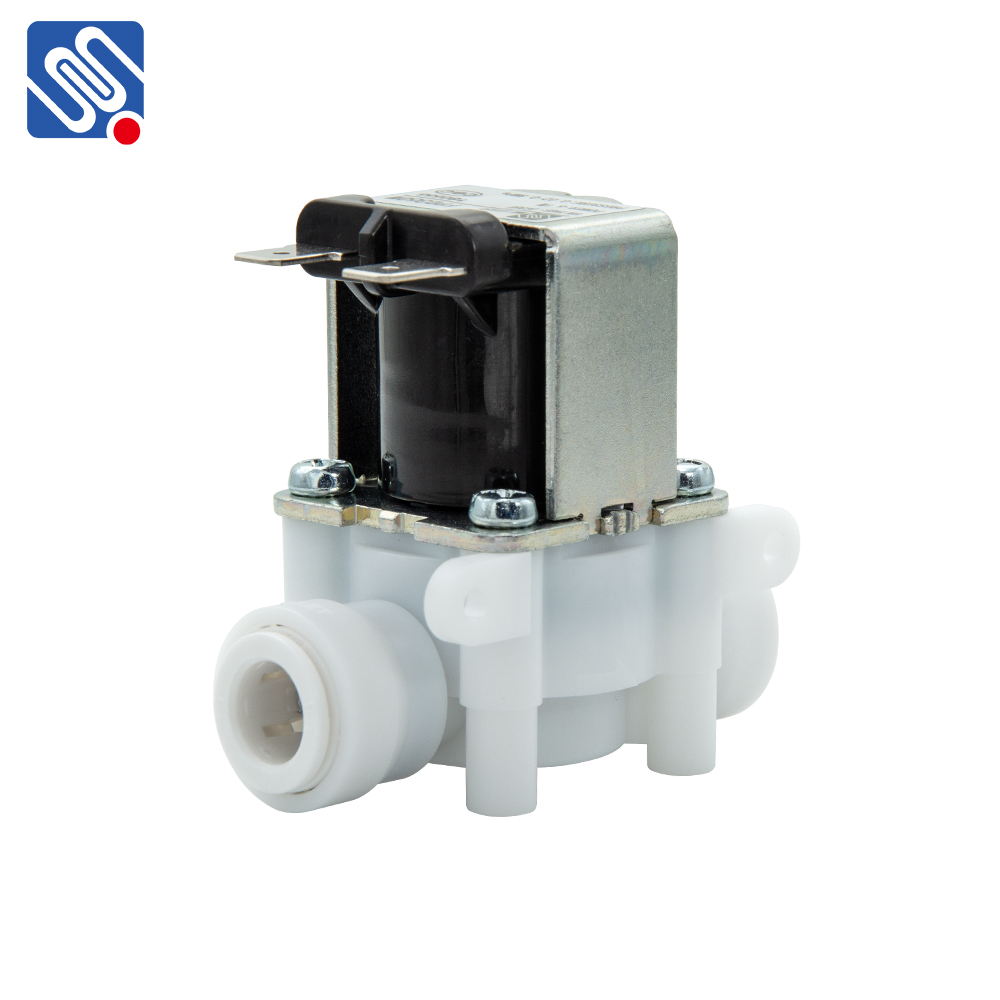Plastic solenoid valves are essential components in a wide range of fluid control systems, particularly in industries where corrosion resistance and lightweight materials are paramount. These valves, driven by electromagnetic force, are crucial for regulating the flow of liquids and gases. Due to their durability, efficiency, and adaptability, plastic solenoid valves are used in diverse applications, from chemical processing to water treatment, and food production. In this article, we will explore the design, working principle, benefits, and applications of plastic solenoid valves.

What is a Plastic Solenoid Valve? A plastic solenoid valve is a type of valve that is controlled by an electric current passing through an electromagnetic coil. This coil generates a magnetic field, which moves a plunger or armature within the valve, either opening or closing the valve. The valve’s housing and key components are made from high-performance plastic materials such as polypropylene (PP), polyvinylidene fluoride (PVDF), or polytetrafluoroethylene (PTFE). These materials provide superior resistance to corrosion, making plastic solenoid valves ideal for applications involving aggressive chemicals or harsh environmental conditions.